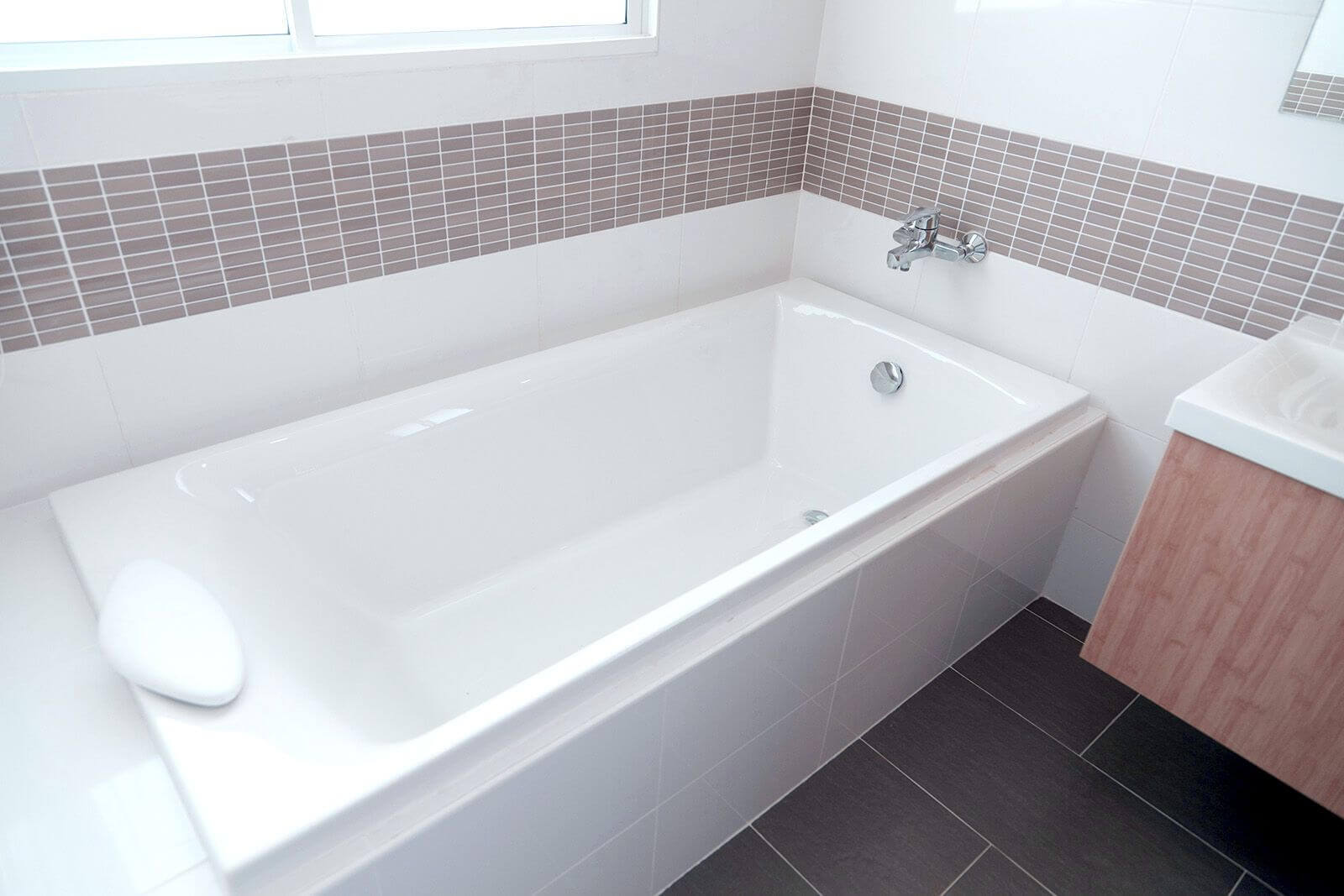Clogged bathtub drains are a common and frustrating household issue, often leading to standing water that can be challenging to remove. Addressing this issue promptly is crucial to prevent potential water damage and maintain a functional bathroom.
- Understanding Bathtub Drains
- Safety Precautions and Preparation
- Initial Steps to Address Standing Water
- Manual Removal of Obstructions
- Plunging the Drain
- Chemical Drain Cleaners: Pros and Cons
- Natural Remedies for Unclogging
- Using a Plumber’s Snake
- Preventive Measures and Regular Maintenance
- When to Call a Professional
- Conclusion
- FAQs
Understanding Bathtub Drains
Anatomy of a Bathtub Drain: A typical drain includes a strainer, a stopper, and a waste-and-overflow mechanism, all connected to the home’s plumbing system.
Common Clog Causes: Hair, soap scum, and small objects often contribute to bathtub clogs.
Safety Precautions and Preparation
Safety Measures: Always wear gloves to protect your hands, and consider goggles if using chemical cleaners.
Tools and Materials: Gather a plunger, a plumber’s snake, baking soda, vinegar, a bucket, and possibly chemical cleaners.
Initial Steps to Address Standing Water
- Water Removal: Scoop out as much standing water as possible into a bucket.
- Drain Preparation: Remove the strainer and stopper to inspect for visible blockages.
Manual Removal of Obstructions
- Visual Inspection: Look for obvious obstructions within reach and remove them manually.
- Using Tools: Employ pliers or a bent wire hanger to reach deeper into the drain and pull out debris.
Plunging the Drain
- Proper Technique: Cover the overflow hole with a wet cloth, place the plunger over the drain, and push down and pull up vigorously.
- Plunging Tips: Ensure a good seal for effective suction and persist for several minutes.
Chemical Drain Cleaners: Pros and Cons
Overview: Chemical cleaners can dissolve clogs but may harm pipes and the environment.
Precautions: Use as a last resort, follow instructions meticulously, and ensure good ventilation.
Natural Remedies for Unclogging
- Baking Soda and Vinegar: Pour a cup of baking soda followed by a cup of vinegar down the drain, wait for 15-30 minutes, then flush with hot water.
- Effectiveness: This method is eco-friendly and can break down organic clogs.
Using a Plumber’s Snake
- Using the Snake: Insert the snake into the drain, turning it clockwise to catch and break up the clog.
- Avoiding Damage: Proceed gently to avoid damaging the pipes.
Preventive Measures and Regular Maintenance
Daily Practices: Use drain strainers to catch hair, avoid disposing of grease in the drain, and regularly flush with hot water.
Routine Cleaning: Regularly clean the strainer and stopper, and consider a monthly baking soda and vinegar flush.
When to Call a Professional
If DIY methods fail or you’re uncomfortable performing them, it’s time to call a plumber. Look for licensed, well-reviewed professionals.
Conclusion
While clogged bathtub drains with standing water can be a nuisance, understanding the cause and knowing various methods to resolve the issue can make the process manageable. Regular maintenance can prevent future clogs.
FAQs
Q: Can I use boiling water to unclog the drain? A: Be cautious with boiling water, especially with PVC pipes, as it can damage the pipe. Hot tap water is often a safer choice.
Q: How often should I clean my bathtub drain? A: Regular cleaning once a month can help prevent clogs.
Q: Can plunging damage the pipes? A: Excessive force might, but standard plunging typically doesn’t harm your plumbing.

A group of home improvement enthusiasts and bathroom design experts, combines in-depth knowledge and a shared passion to deliver engaging, informative content that guides readers through the world of bathroom innovation and style.

Leave a Reply